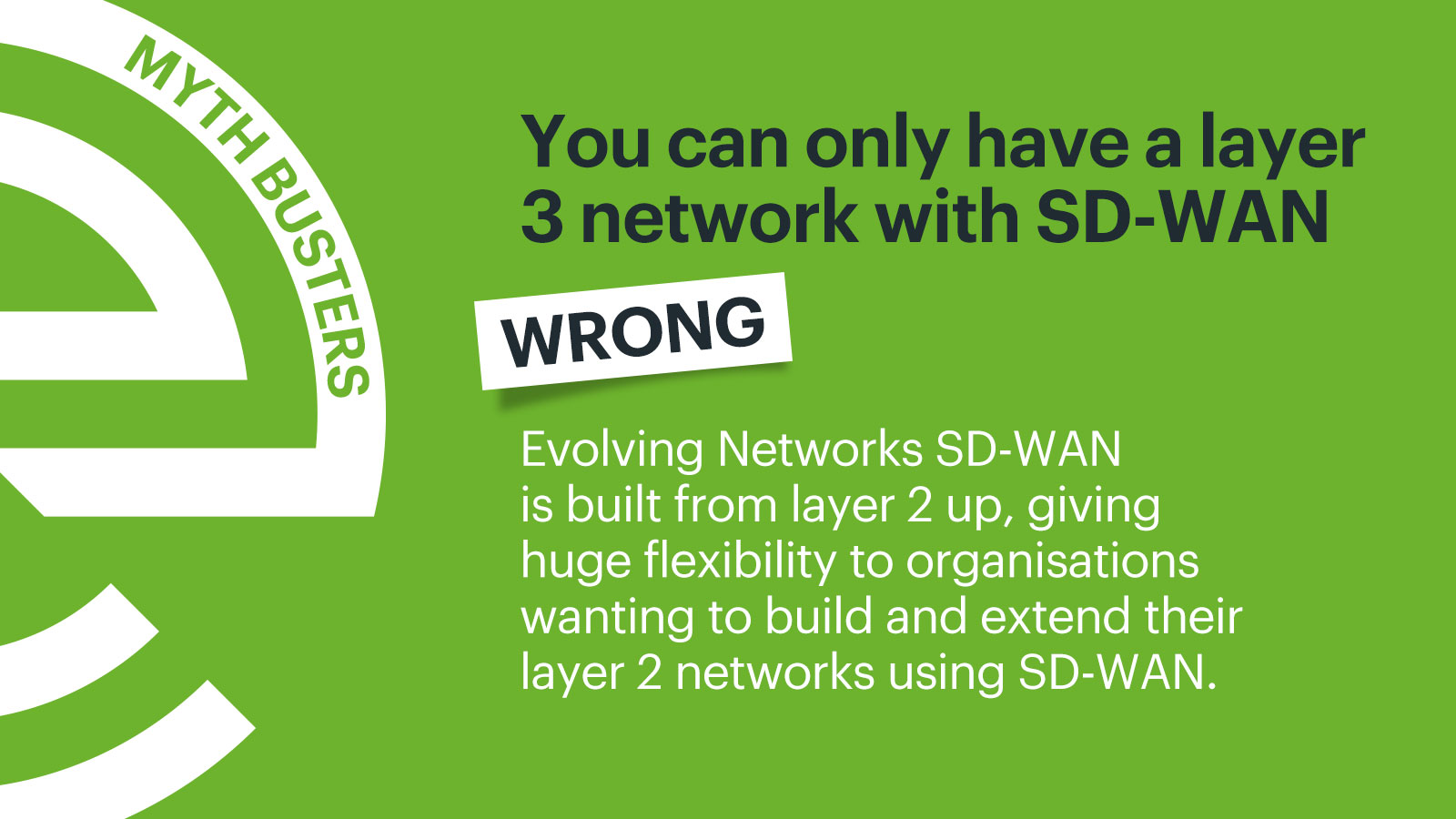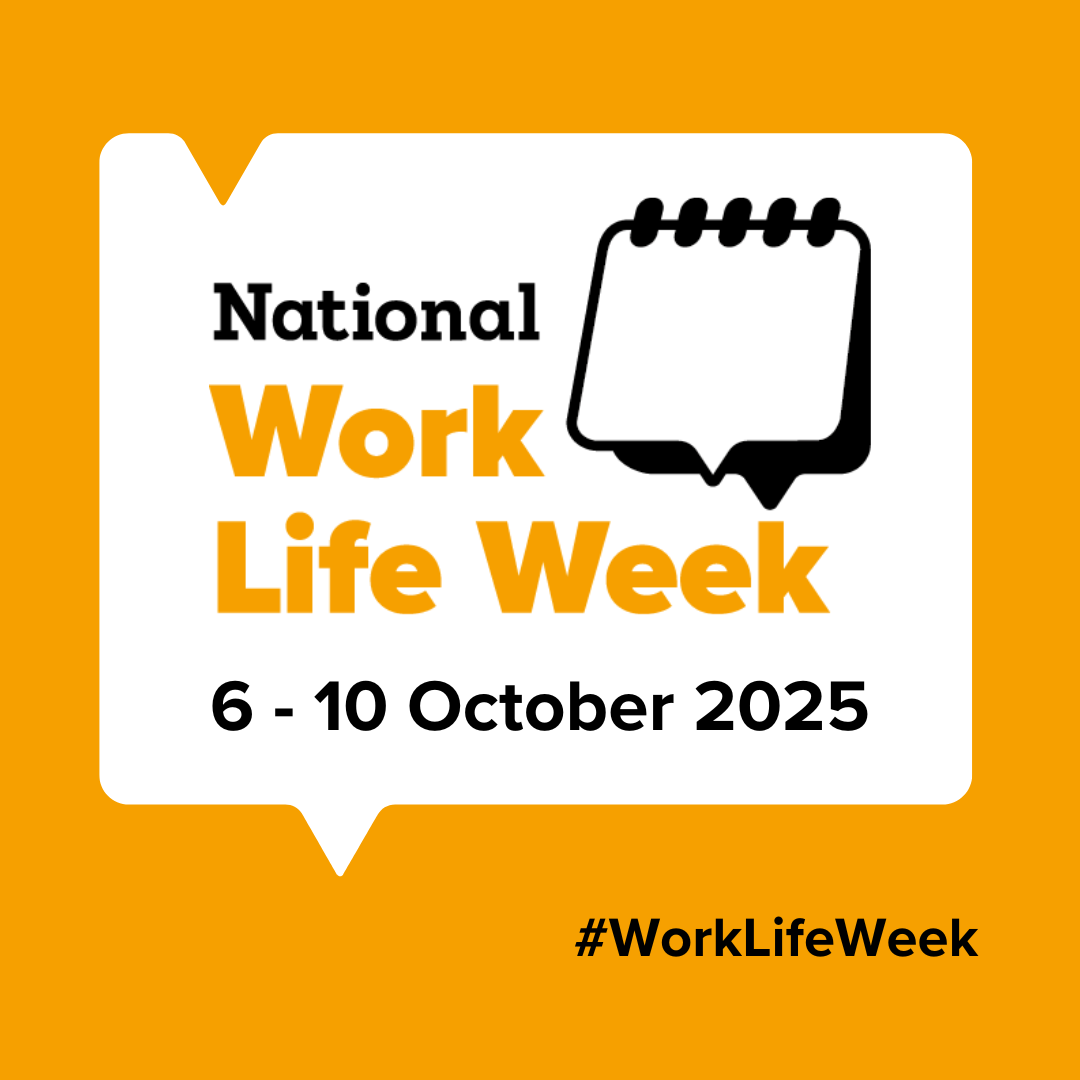Busting myths and solving problems is what we do

1. I can only have a single IP subnet per site on an SD-WAN.
Wrong. It’s possible to have any number of IP subnets routed to a connection, no matter how many component links. Multiple private and public networks can be created and can all sit side by side.
2. SD-WAN doesn't support VLANs.
Incorrect. Our Intelligent Network Fabric (INF) allows companies to stretch VLANs across a layer 2 SD-WAN or terminate multiple VLANs as sub-interfaces on EVX appliances.
3. SD-WAN doesn't allow a user or application to access the bandwidth of more than 1 link.
Wrong! With different multi-link packet distribution algorithms to choose from, the INF allows full aggregation of bandwidth from different sized links and in any combination.
4. QoS on SD-WAN is just pointing apps at different links.
That's how legacy SD-WAN providers operate, in a slightly more feature rich version of an old technology known as Policy Based Routing.
There is a better way, using the Evolving Networks zero-touch, bidirectional QoS engine. Any data stream can have full access to all bandwidth rather than be throttled because it's low priority.
High priority packets such as for time sensitive apps like VoIP, video and remote desktop get the golden ticket, pushing other traffic out of the way and allowing users the best possible experience for all their apps and services.
5. SD-WAN link failure is noticeable to end users.
It is for a lot of mainstream big name SD-WAN vendors. But not for us. Live user testing and demos consistently shows that link failure is unnoticeable on a video call.
6. You only use 4G as a failover link on an SD-WAN.
Wrong. 4G can be used in any part of a connection, although reliability and bandwidth depend on location and mobile network. Combine more than one from multiple carriers to create superior reliability with the Evolving Networks Intelligent Network Fabric.
7. Local internet breakout means stepping off the SD-WAN.
For other providers this is the default position. Offload internet traffic before it gets the SD-WAN treatment at all, in a technology that isn't any different to old fashioned split-tunnelling.
There is another way.
Don't trust local ISPs to get the job done properly. Prioritise, augment, and enhance internet traffic, all the way to the 'net. This is the default internet provision for all Evolving Networks connections.
8. With SD-WAN, I can eliminate hub and spoke networks.
The chances are you don't want to! Wherever your apps are, those are your hubs. Got storage? Good news, another hub. While many SD-WAN providers try to shun the hub and spoke model, Evolving Networks embraces the truth: your network has changed, but if anything, you have more hubs than you did before (cloud and on premise anyone?). App, storage, security, transit. Identity your hubs and design a network that works for them, not against them.
9. SASE means a single vendor security and network stack.
That's what you're told all the time by the big name vendors dominating the market. But SASE is an architecture. It’s a mindset and a set of pick and mix options that don't all fit every organisation at every stage of their growth. If you want best of breed security products, then embrace a multi vendor SASE stack instead of inflexible and ultimately expensive vendor lock in.
Get in touch and get connected
Telephone: +44 330 55 55 333
Email: sales@evolving.net.uk





